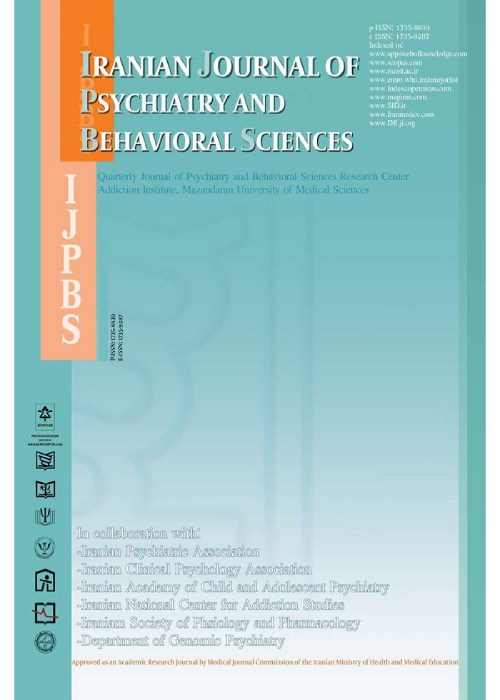The Link Between External and Internal Body-Image Shame and Binge Eating in Men and Women: The Mediating Role of Self-criticism
Binge eating is a public health problem associated with reduced physical health (ie, being overweight and obese) and mental health. Binge eating symptoms are so prevalent that many people who struggle with the symptoms have never been diagnosed with the binge eating disorder (BED). Examining the underlying emotional mechanisms of this behavior and the gender differences in these mechanisms remains largely unexplored.
The present study aimed to investigate the association between internal and external body-image shame and binge eating symptoms in men and women mediated by self-criticism.
This correlation study was based on structural equation modeling. The statistical population of the study included all students of Shahid Beheshti University of Medical Sciences, Tehran, Iran. Finally, using multi-stage cluster random sampling, a total of 313 participants were included in the study. Instruments including Body-Image Shame Scale (BISS), Forms of Self-criticizing/Selfreassuring Scale (FSCRS), and Binge Eating Scale (BES) were used in the study.
According to the results, the severity of binge eating symptoms had a positive and significant relationship with external and internal body-image shame, hated-self, and inadequate-self, while it had a negative and significant relationship with reassuredself. The results also indicated that in men, inadequate-self, and reassured-self, and in women, hated-self, inadequate-self, and reassured-self mediated the association between internal and external body-image shame and the severity of binge eating symptoms.
Our results indicated that forms of self-criticism could differently mediate the relationship between external and internal body-image shame and the severity of binge eating symptoms in Iranian men and women. This gender difference in the mediation model can be considered in clinical practice, and appropriate treatment methods can be used accordingly
Binge Eating , Body-Image , Criticism , Gender , Shame
- حق عضویت دریافتی صرف حمایت از نشریات عضو و نگهداری، تکمیل و توسعه مگیران میشود.
- پرداخت حق اشتراک و دانلود مقالات اجازه بازنشر آن در سایر رسانههای چاپی و دیجیتال را به کاربر نمیدهد.


